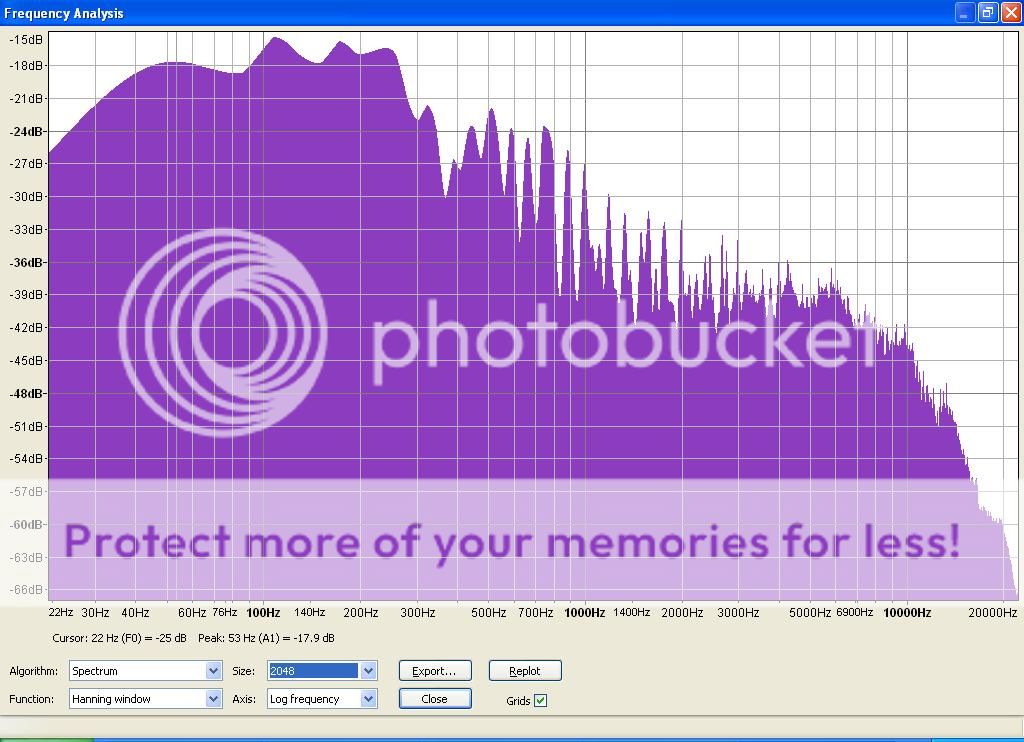Yesterday I was listening to my monitor audio RX1 with a nad c326bee. I had the volume at just under 9 o'clock which is about as loud as I ever go with the nad. I was playing flo-rida (I know it's not to everyone's taste) and in one of the tracks when the bass dropped I could hear a funny noise as I wasn't standing far from the speakers. I decided to investigate and found that the noise was from the bass port. It was a sort of chuffing noise. It was only noticeable on the very bass heavy tracks and the nad seemed to make it more obvious then the marantz I normally use. I also have a pair of MA BX2 but as they are front ported it's probably less likely that I have noticed the port noise. Is this common in most bookshelf speakers when trying to push too much air around?
Mo
Mo




